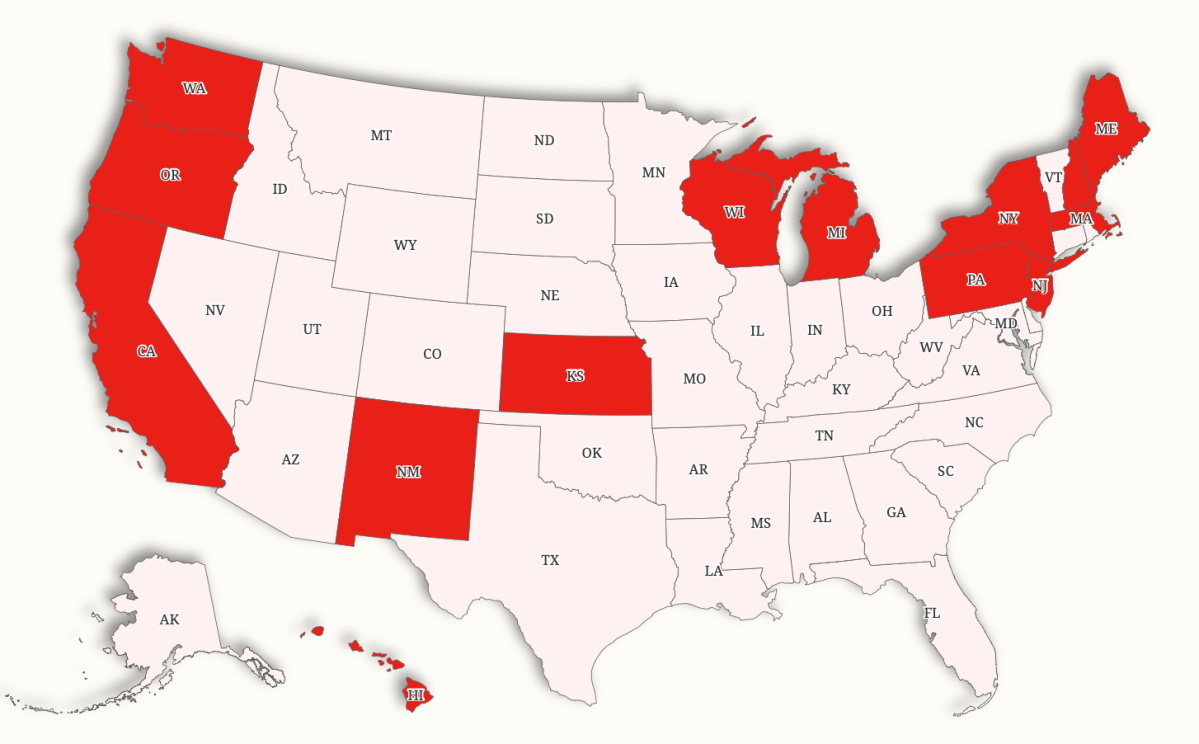
The payment of Supplemental Nutrition Assistance Program (SNAP) benefits remains in limbo for millions of Americans after the Supreme Court issued a fresh ruling on Tuesday that bars payments from being sent out.
The court extended its pause on a lower court order that would have required the government to issue full SNAP payments.
SNAP benefits are paid out to around 42 million—one in eight—low- and no-income individuals and families to help them pay for groceries. The program has been the center of an intense legal battle, with funding for the program running out due to the ongoing government shutdown. It is the first time in the program’s 60-year history that benefits have not been paid on time.
With the Supreme Court’s temporary order continuing to block full payments, millions of low- and no-income households remain in limbo—waiting for the aid they depend on to buy food each month.
The Latest
President Donald Trump’s administration halted SNAP funding for November amid the government shutdown, triggering a wave of lawsuits and a series of swift, often conflicting, court rulings.
On October 31, two judges ordered the government to provide at least partial SNAP funding, and the administration agreed, pledging to deliver up to 65 percent of regular benefits. However, it pushed back last week when one of the judges ruled that full funding must resume for November, even if that required using contingency funds.
The U.S. Supreme Court temporarily blocked that order, and while an appeals court ruled Monday that full funding should move forward, the higher court issued a new brief order on Tuesday extending its administrative stay through the end of the day Thursday.
“The answer to this crisis is not for federal courts to reallocate resources without lawful authority,” Solicitor General D. John Sauer wrote in Monday’s filing. “The only way to end this crisis—which the executive is adamant to end—is for Congress to reopen the government.”
On Monday, the Senate approved a government funding bill that would reopen the government and resolve the uncertainty surrounding SNAP as early as this week. If the House—which has been in recess since mid-September—passes the measure and Trump signs it, the Department of Agriculture would regain authority to release the remaining funds to all 50 states and U.S. territories. State agencies would then distribute those payments to recipients.
The proposal would extend SNAP funding through September 2026.
Which States Have Paid?
Over the weekend and into this week, several states—California, Hawaii, Kansas, Massachusetts, New Mexico, New Jersey, New York, Oregon, Pennsylvania, Washington, and Wisconsin—began issuing full November SNAP payments. However, millions of beneficiaries in other states are still waiting for theirs.
It is unclear at this stage whether any more states have paid out benefits since the Supreme Court ruling on Tuesday.
